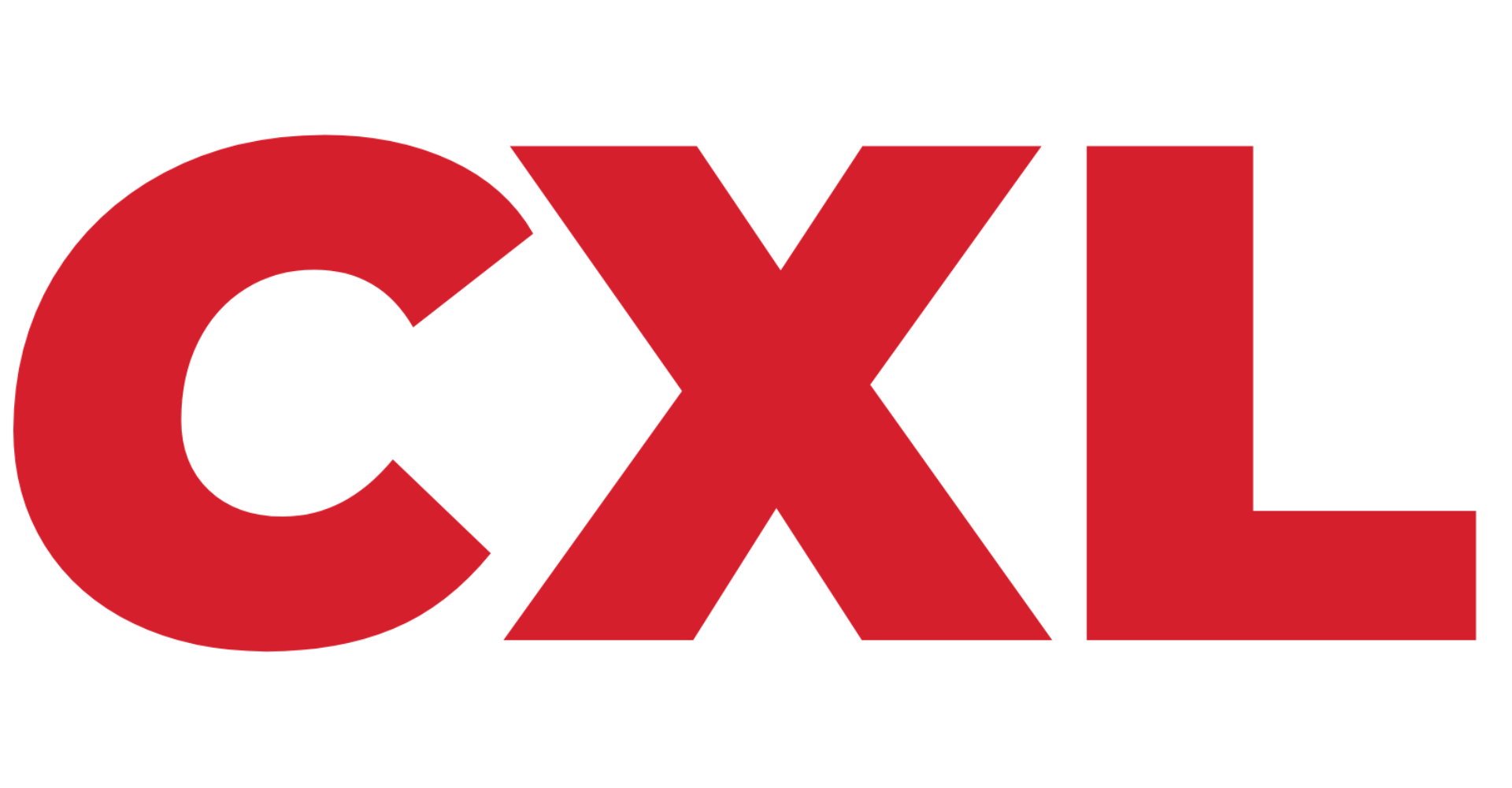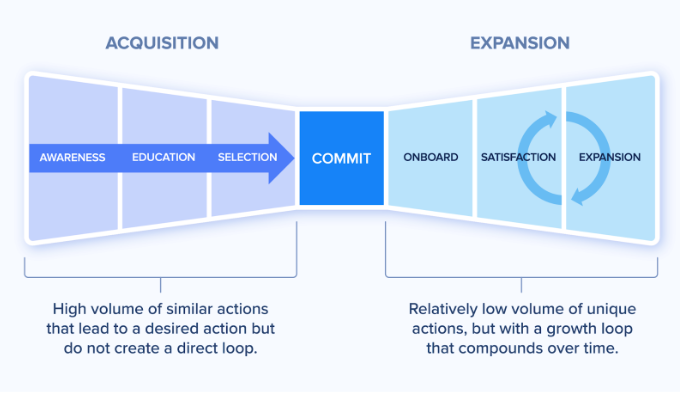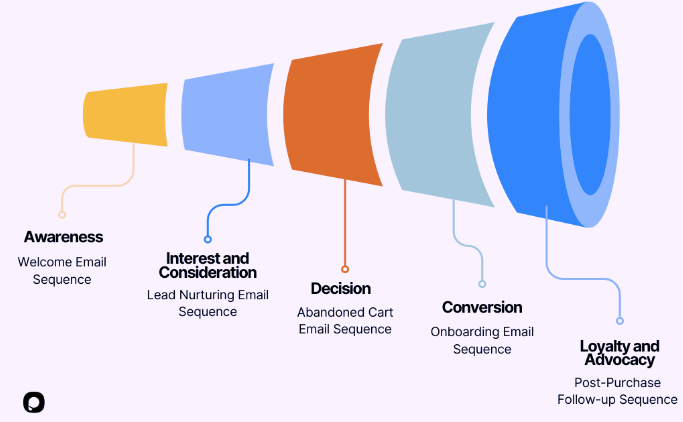I hope your week is going well! Today, we’ve got Steve Armenti, a seasoned growth marketing expert, walking us through his proven playbook for bootstrapping inbound marketing strategies. Whether you're facing budget constraints or just looking for new ways to scale, this guide is packed with actionable insights to help your grow on a shoestring budget. |
Bootstrapping B2B Growth:
Inbound Strategies for Early-Stage Startups
by Steve Armenti |
|
|
I'm Steve Armenti, founder of Twelfth Agency. Over the past 16 years, I’ve led growth marketing and demand generation programs for both startups and big names like Google and DigitalOcean. In that time, I’ve worked with dozens of early-stage startups facing the same challenge: how to drive significant growth with limited budgets. Through trial and error, and with my extensive experience, I’ve developed a playbook of inbound strategies that help resource-constrained startups punch above their weight. I’m excited to share these insights with you today.
|
The Challenge: Growing on a Shoestring Budget Early-stage startups typically face several common obstacles: - Limited financial resources for marketing and advertising
- Small customer base
- Lack of brand recognition or established credibility
-
Competing against larger, well-funded competitors
- Need for rapid growth to attract investors or reach profitability
These challenges can seem overwhelming, but with the right inbound growth strategies, you can maximize impact while minimizing cost.
|
The Journey: Crafting a Low-cost Inbound Growth Strategy Before diving into specific tactics, it's crucial to set the right expectations and lay the foundation for long-term success:
- Embrace the long game: Inbound growth strategies often take time to yield results. Be prepared to commit to the tactics for at least 3-6 months before expecting significant returns.
- Focus on providing value: The core of inbound marketing is attracting customers by providing genuine value, not interrupting them with your persuasive message.
-
Be consistent: Regular, consistent effort is more important than sporadic bursts of activity.
- Measure and iterate: Use free analytics tools to track your progress and be prepared to adjust your strategies based on data. Test everything.
- Leverage your team: In a startup, everyone should contribute to growth efforts. Make it a company-wide mission.
Before diving into the tactics, let's explore the customer journey and anchor ourselves in the framework for how and where you will deploy these tactics. I personally like the bow-tie model: |
Depending on the goal, at each stage in the bow-tie, you will deploy the tactics below in an integrated way that will move prospects from the prior stage in the journey to the next stage. |
1. Content Marketing: The Hub of Inbound Growth Content marketing is the foundation of most inbound growth strategies. It helps attract potential users, establish your POV, and improve your SEO performance. Key tactics: - Start a blog focused on addressing your target audience's pain points and questions
-
Create long-form, comprehensive guides that serve as pillar content
- Snip the long-form content into multiple formats and distribute everywhere
- Invest in SEO on your website and the content
💡 Don't just create content about your product. Focus on the broader problems your target audience faces and position your brand as a helpful resource in the market.
2. SEO: Organic Traffic That Compounds
SEO is a powerful, cost-effective way to drive traffic to your website. While it takes time to see results, the long-term payoff can be substantial. Key tactics: - Optimize your website structure and meta tags using free tools like Yoast SEO
- Build a logical internal linking structure
- Create location-specific landing pages if you're targeting local markets
- Regularly update and improve your existing content
- Test meta data to improve SERP impressions and clicks
💡 In the beginning, focus on long-tail keywords that have lower competition but high intent. These are often easier to rank for and can drive higher quality traffic. 3. Social Media: Building a Community
Social media platforms offer a free way to reach and engage with your target audience. The key is to choose the right platforms and create a consistent, value-driven presence.
Key tactics:
- Since we’re talking B2B, start with LinkedIn, it’s where your target audience is
- Create a content calendar of posting daily from the founder’s accounts
- Comment 4-5 actionable, helpful comments on industry influencers posts
- Use free tools like Canva to create carousels
-
Attach video content where possible to increase reach and engagement
- Have a unique point of view and don’t be afraid to stand for something
💡 Get LinkedIn right and then potentially expand onto Instagram, TikTok, YouTube if you have the resources recording and edit videos. 4. Email Marketing: Build a Database to Nurture
Email marketing remains one of the most cost-effective ways to nurture leads and drive conversions. With the right approach, you can build a valuable asset in itself. |
Key tactics: - Offer a valuable lead magnet to encourage sign-ups
- Create a welcome email series to onboard new subscribers
-
Segment your list based on subscriber behavior and preferences
- Use a free or low-cost email marketing platform like Mailchimp or Brevo
- Get feedback from your community and promote conversation
- A/B test subject lines, copy, images, CTAs to find the right templates
- Feature customers and/or industry experts in your content
💡 Focus on providing value in every email. Your goal should be for subscribers to look forward to hearing from you, not sell them stuff. |
5. Co-Marketing: Leveraging Others' Audiences Partnering with adjacent businesses or products can help you reach their audience without spending money on advertising. Key tactics: -
Identify businesses that serve the same target audience but aren't direct competitors
- Propose mutually beneficial collaborations like co-hosted webinars or joint content creation
- Offer to write guest posts for partners' blogs
- Create a joint promotional offer
- Promote each other to your newsletter or social communities
Start with small collaborations to build trust before proposing larger joint ventures.
💡 The main thing to keep in mind with partnerships is to focus efforts on businesses that more or less the same size as you - you need to be able to put actual value and benefit on the table. Don't waste time on big businesses if you don't have much to offer them.
|
6. Community Building: Creating a Loyal Customer Base Building a community or simply joining the existing communities around your brand can lead to word-of-mouth growth and create a flywheel of brand advocates.
Key tactics: - Create a LinkedIn group or Slack channel for your users
- Host regular AMAs (Ask Me Anything) sessions
- Encourage user-generated content and showcase it
-
Implement a customer referral program
- Incentivize community members to create content
- Promote that content and get more content creators
- Create a flywheel where the community provides UGC and the UGC drives more community signups
💡 Make your community about the users, not your product. Focus on fostering connections and providing value to members through content, experts, and how-to. |
7. Podcast Marketing: Tapping into Audio
Podcasting can help establish thought leadership and reach new audiences. While creating your own podcast can be resource-intensive, there are other ways to leverage this medium. Key tactics: - Try to appear as a guest on relevant podcasts in your industry
- Create short, valuable audio content for platforms like Twitter Spaces or Clubhouse
-
Repurpose podcast appearances into short-form social media content
- If you do start a podcast, feature community members and customers. Make it about them, not you.
💡 When appearing on others' podcasts, focus on providing value to the audience rather than promoting your product. Naturally the audience will wonder what you do – especially if you’re a good speaker. |
8. Video Marketing: Engage Audiences with Short-Form
Video content can be highly engaging and doesn't have to be expensive to produce. It can be as simple as using your mobile phone to record your talking head.
Key tactics:
-
Create short, informative videos for platforms like YouTube Shorts or TikTok
- Host live Q&A sessions on platforms like Instagram or LinkedIn Live
- Repurpose blog content into video format. Feed blog content into Claude (or AI) to come up with video scripts. Record yourself reading the scripts.
- Use free tools like OBS and CapCut for screen recording and basic editing
- Turn long-form video into short-form video snippets for social platforms
💡 Don't worry about production quality at first. Focus on providing valuable content consistently, your audience will appreciate the authenticity. |
9. Product Hunt: Leveraging the Tech Community
For tech startups, a well-executed Product Hunt launch can drive significant traffic and early adopters. Key tactics: - Thoroughly prepare for your launch, including lining up early upvoters
- Create a compelling product page with clear visuals and descriptions
- Be highly responsive to comments and questions on launch day
- Follow up with everyone who showed interest
💡Don't just launch once. Plan multiple launches for significant product updates or new features.
|
Learnings & Results While results can vary widely depending on your specific product and market, I've seen many startups achieve remarkable growth using these exact strategies.
The key learning across all these experiences is that consistency and patience are crucial. Inbound growth strategies take time to yield results, but when they do, the momentum can be powerful and long-lasting.
|
Advice for Fellow Founders & Marketers - Start with your strengths: Choose strategies that align with your team's skills and interests.
-
Don't try to do everything: It's better to excel at a few strategies than to spread yourself too thin.
- Create systems and processes: Document your strategies so they can be easily delegated or outsourced as you grow.
-
Build growth into your product: Consider how you can incentivize user actions that drive growth, like referrals or social sharing.
- Stay customer-focused: Always prioritize providing value to your users over short-term growth hacks.
Remember, sustainable growth doesn't happen overnight, but with persistence and the right strategies, even the most resource-constrained startup can achieve remarkable results. Start small, stay consistent, and keep providing value to your users. Your growth will follow.
|
As businesses increasingly rely on data-driven decision-making, understanding and working with data warehouses like BigQuery is becoming crucial. Streaming data from Google Analytics 4 to BigQuery has numerous benefits, but also comes with challenges. This course dives into how BigQuery can enhance your Conversion Rate Optimization (CRO) efforts, allowing you to analyze A/B test data with greater accuracy. It will guide you from the setup process to integrating data into dashboards, enabling you to fully leverage BigQuery’s capabilities for improving your CRO program.
In this course, you will learn how to: Connect GA4 to BigQuery for fast, accurate data analysis. Write queries to extract and structure data for CRO. Integrate BigQuery with Google Sheets and Looker Studio for reporting.
Build automated dashboards for enhanced insights. Use BigQuery to improve CRO strategies with reliable data.
Dive in now > |
Thinking about launching an agency? |
How to Start a B2B Agency: Key Lessons We Learned Scaling a Side Hustle to a $3.8M ARR Business
I’m Tom Hunt, the founder of Fame, a podcasting agency that grew from a faint idea to a global force of nearly 80 creative, marketing-loving humans in 13 countries. What began as a mission to help companies use podcasts to build relationships and generate leads has turned into something much bigger. Today, I want to take you behind the scenes of our growth story, showing how Fame scaled from a side hustle to a $3.8M ARR business. |
✔ Unlimited team seats – big team, big savings. ✔ 120+ highly practical and detailed marketing courses. ✔ 10 deep skill-building programs. ✔ Learn from vetted top 1% marketing practitioners.
If you have a team of 10, that’d be only $672/yr per team member. $336/yr per member for a team of 20.
Start a 7-day free trial.
|
|
|
CXL, 901 S Mo Pac Expy, Suite 150, Barton Oaks Plaza One, Austin TX 78746.
Follow us on LinkedIn.
Unsubscribe from future emails like these. |
|
|
|

_01J6F818V120SCW82ZB4M0CV3X.png)


_01J5D87MY6E2WJRNBDEEHEQWRM.png)